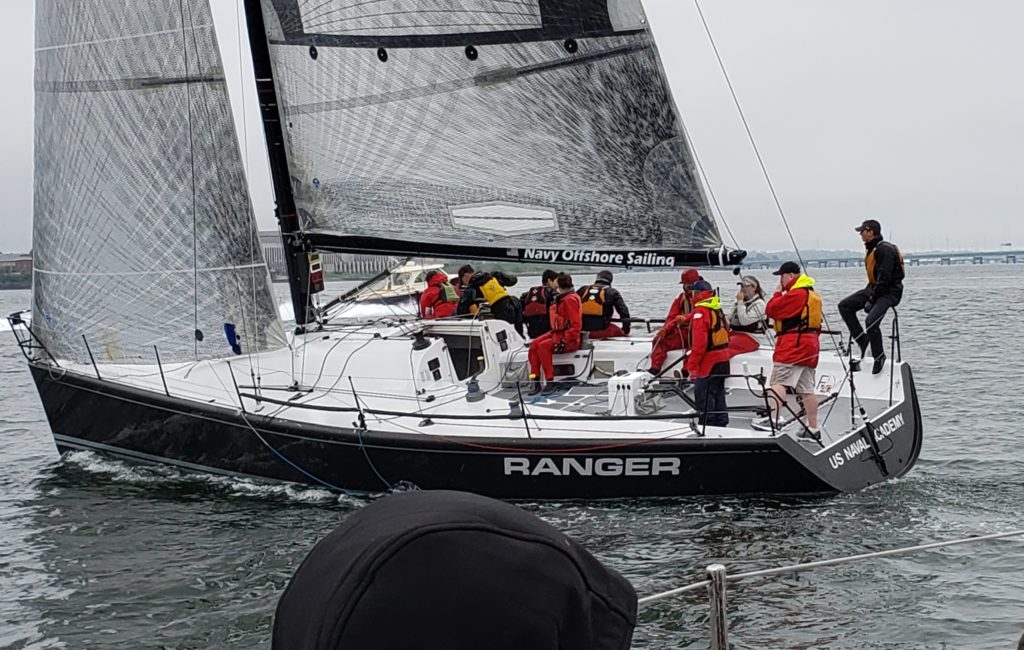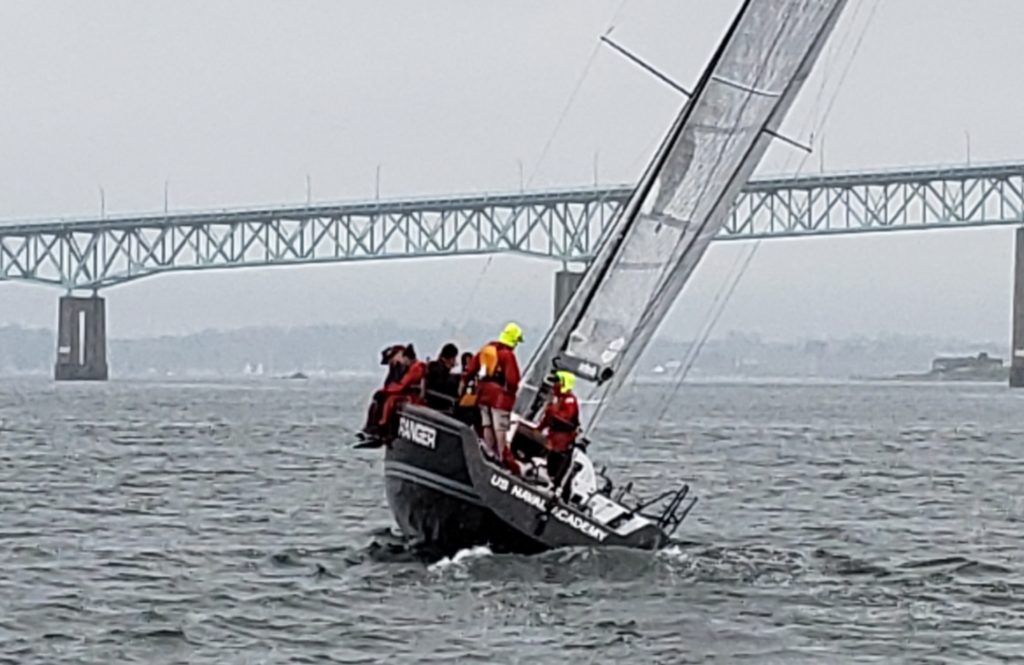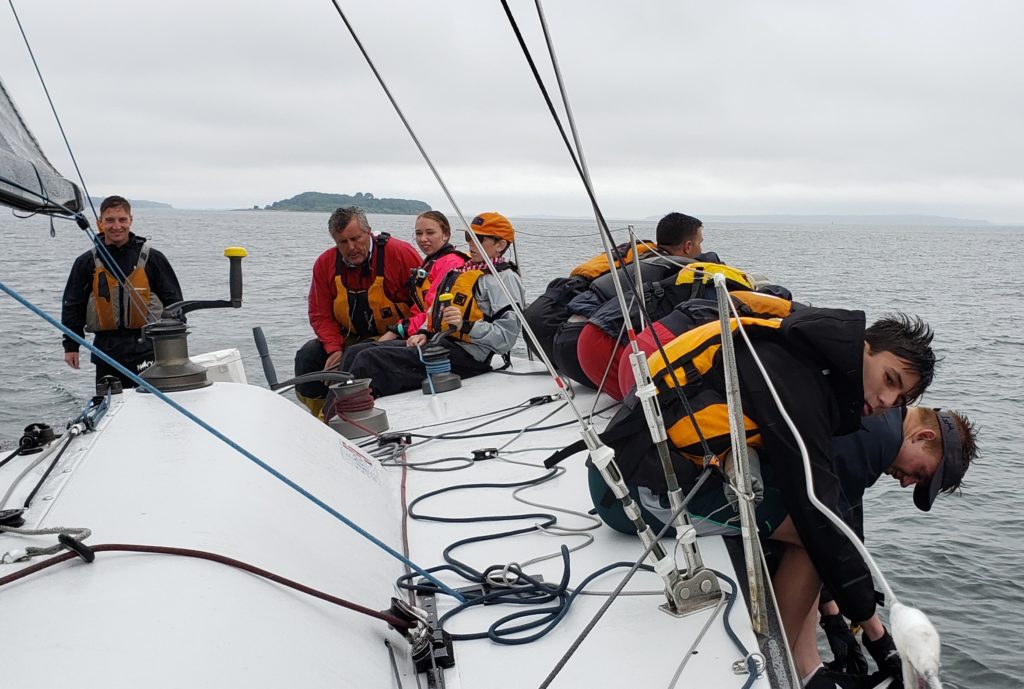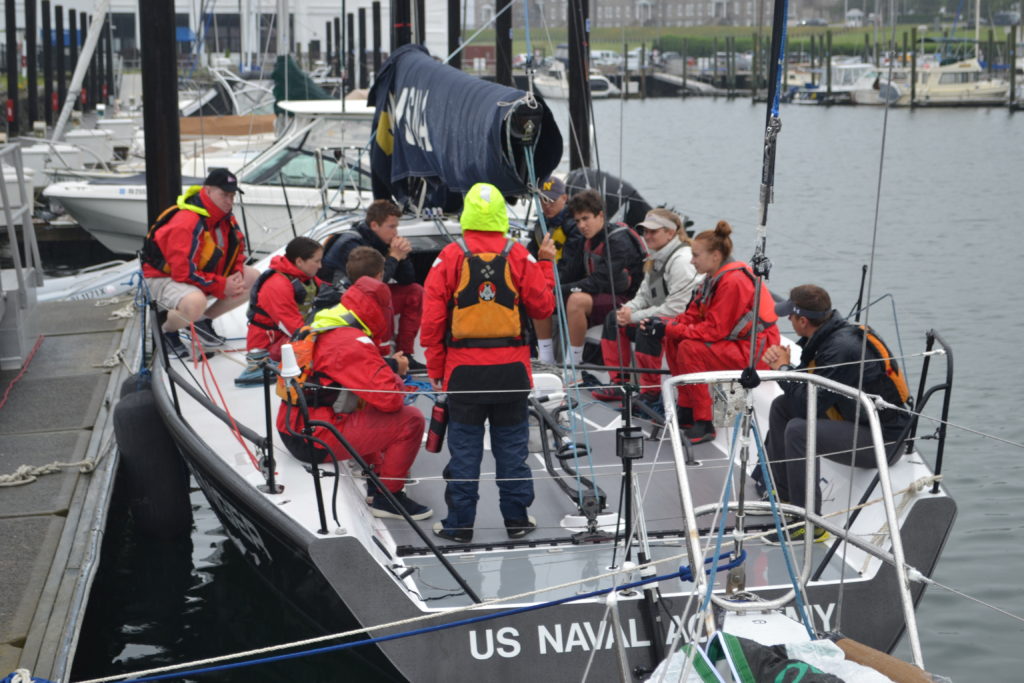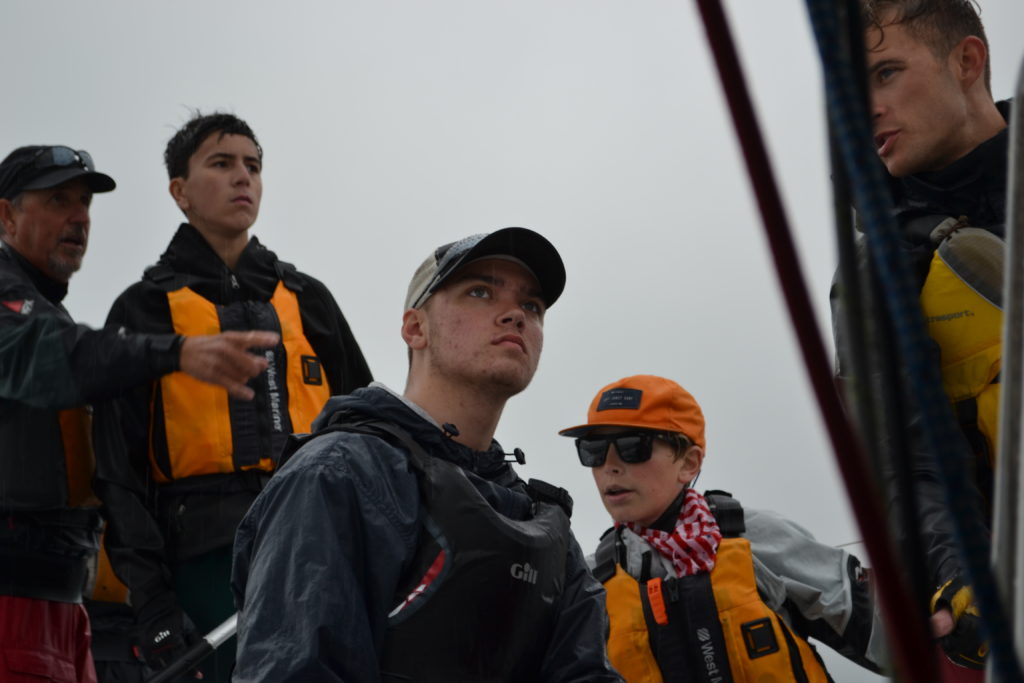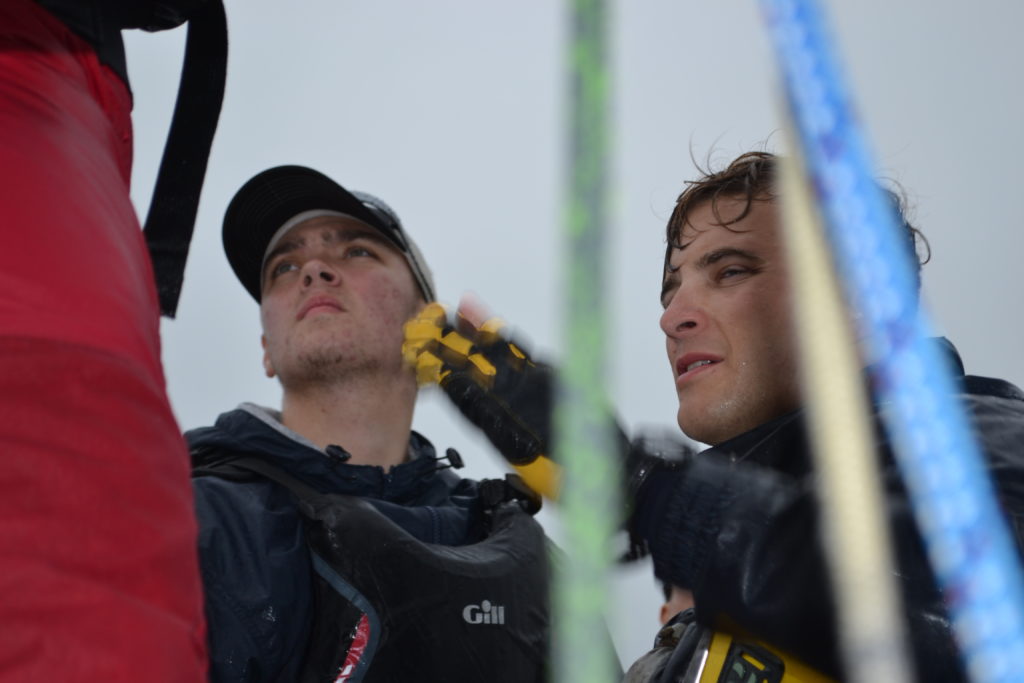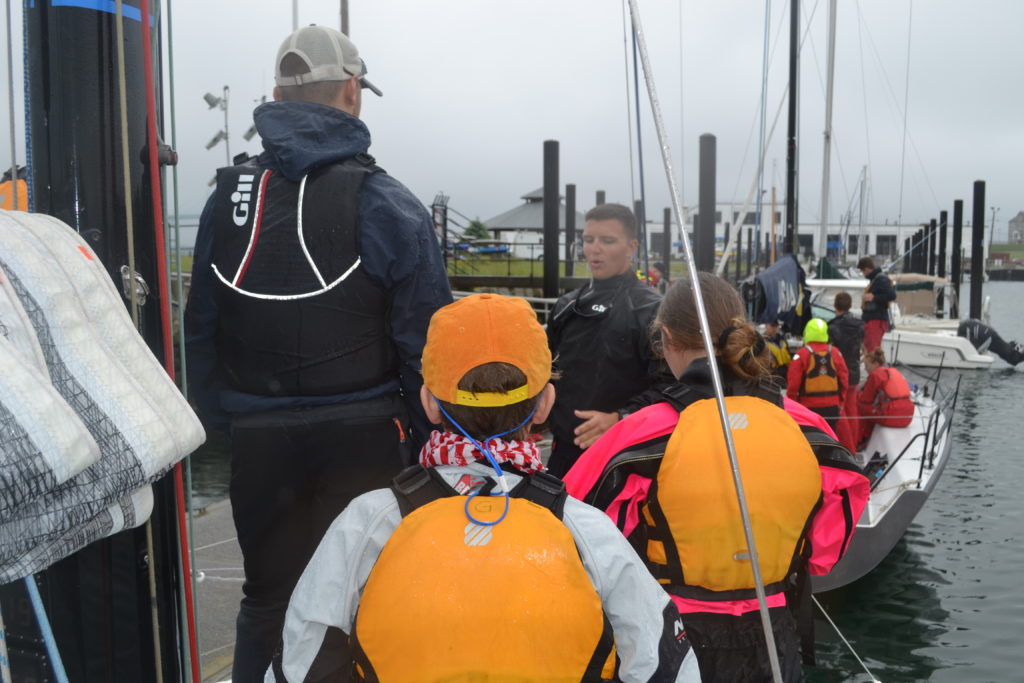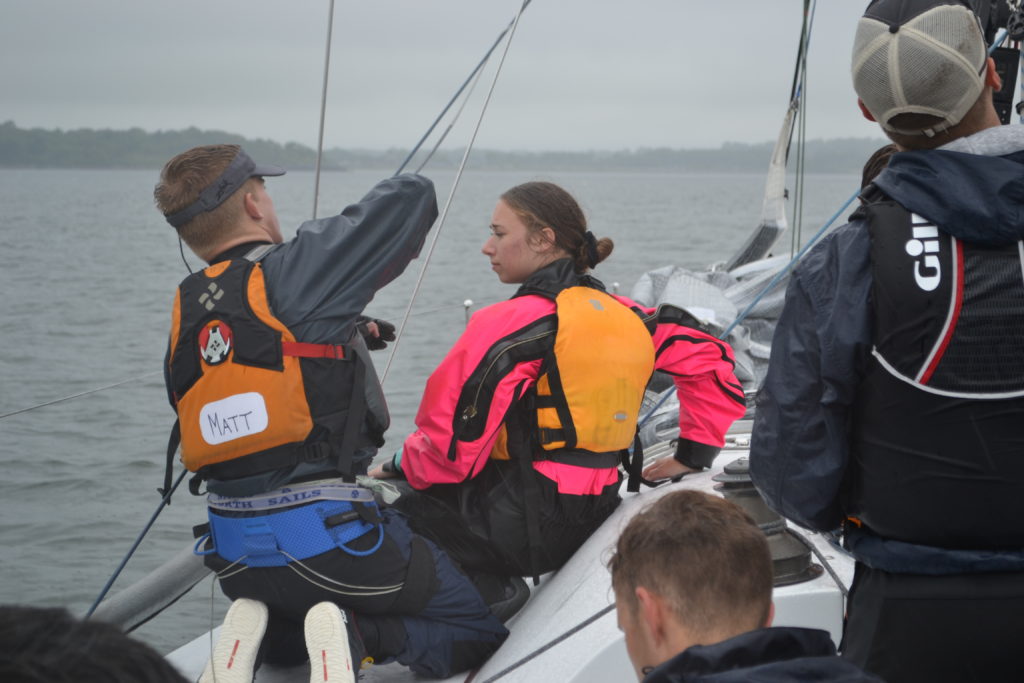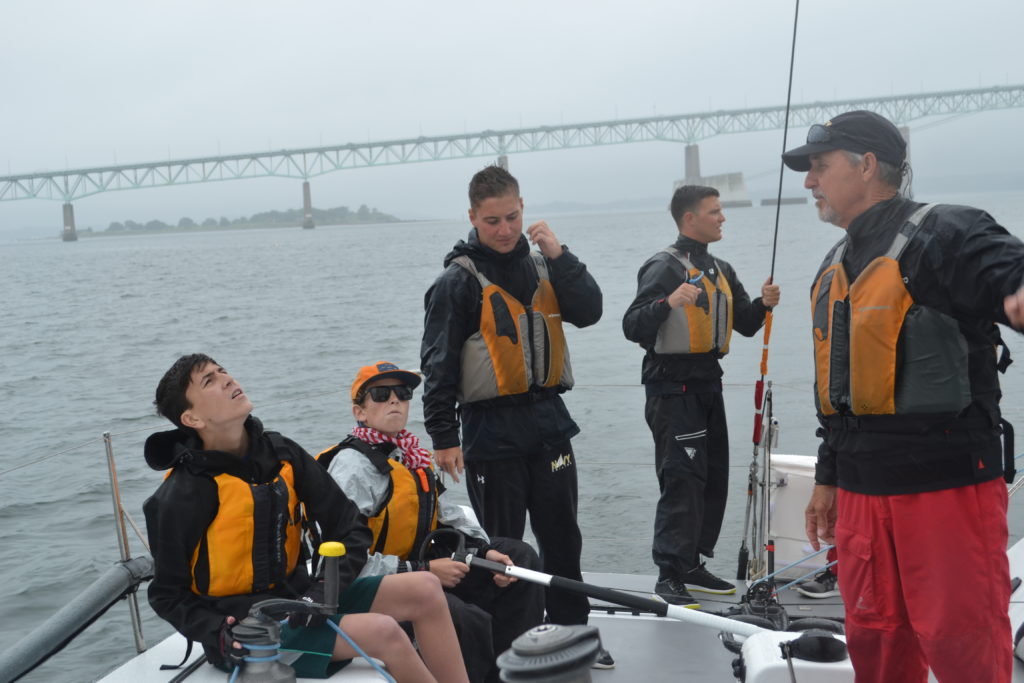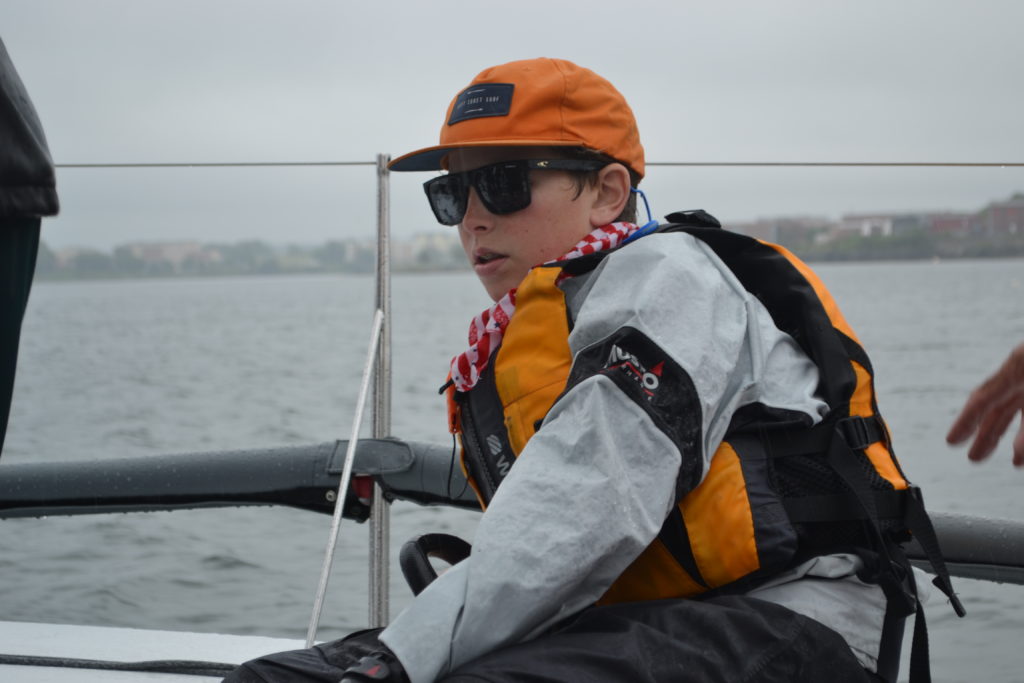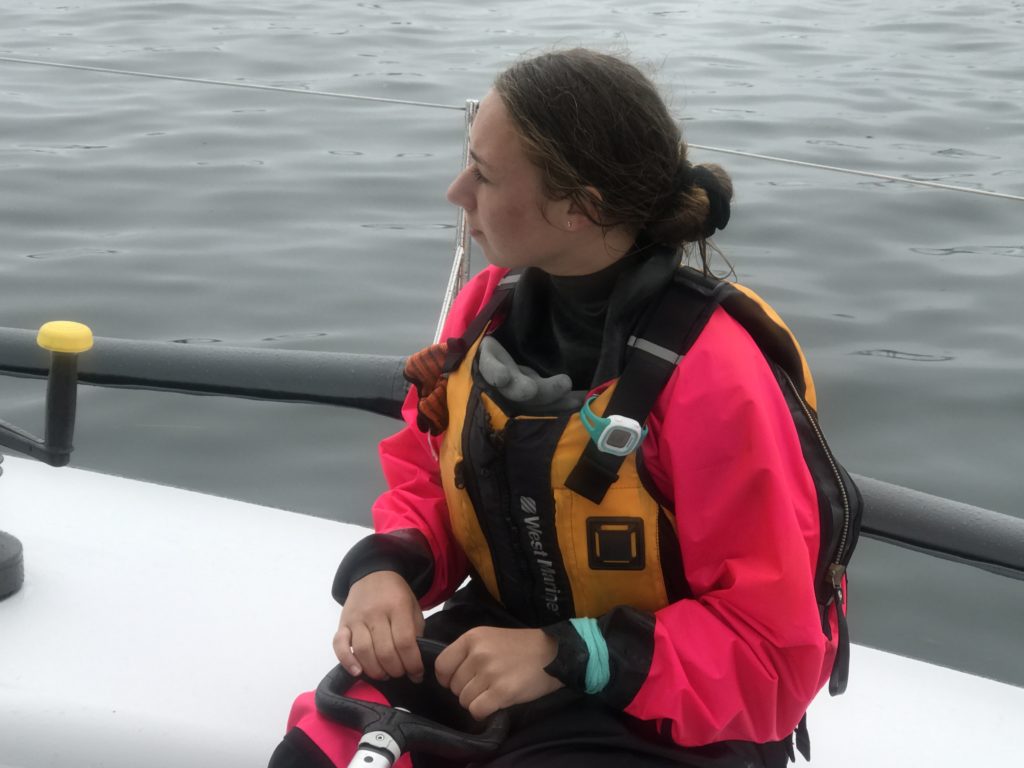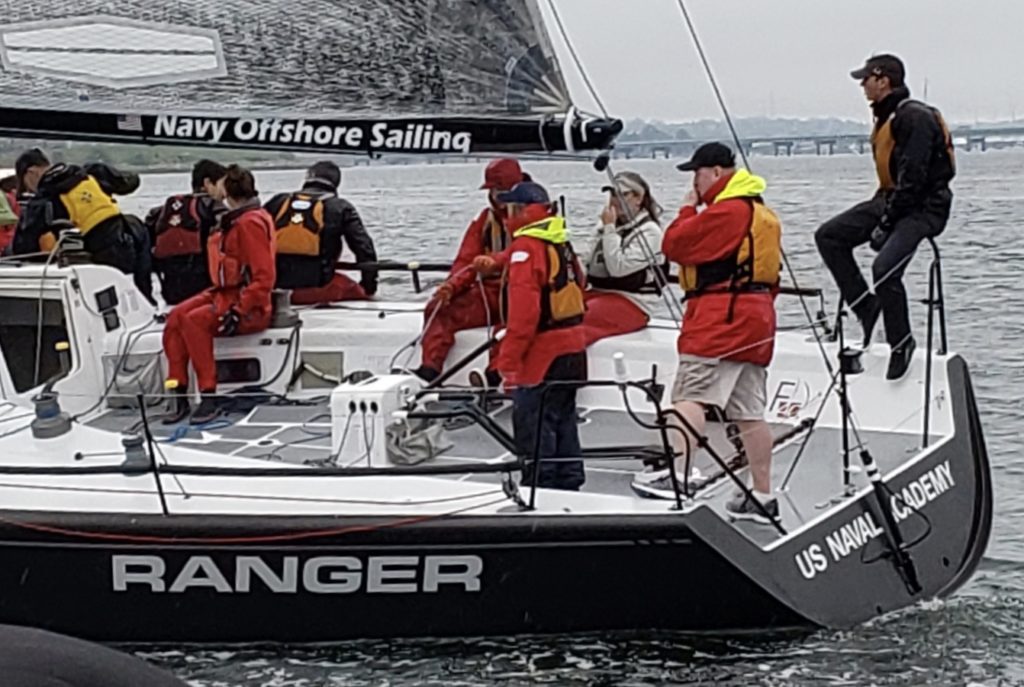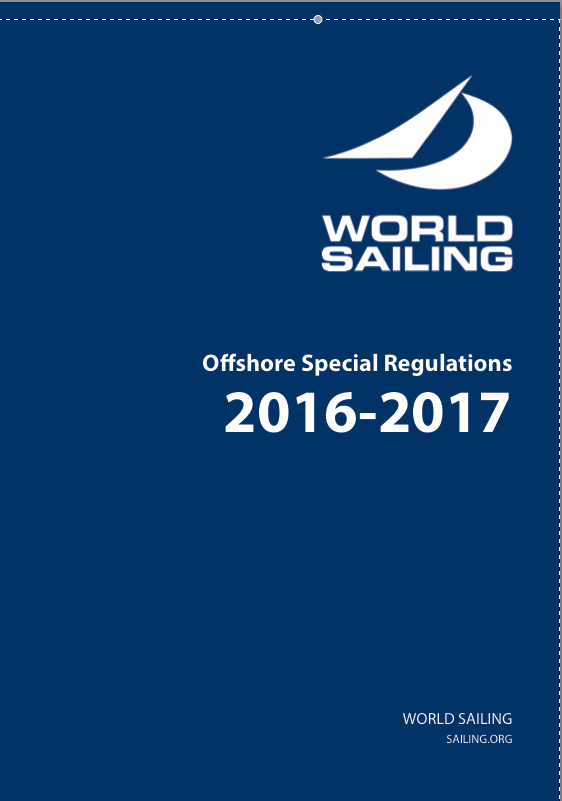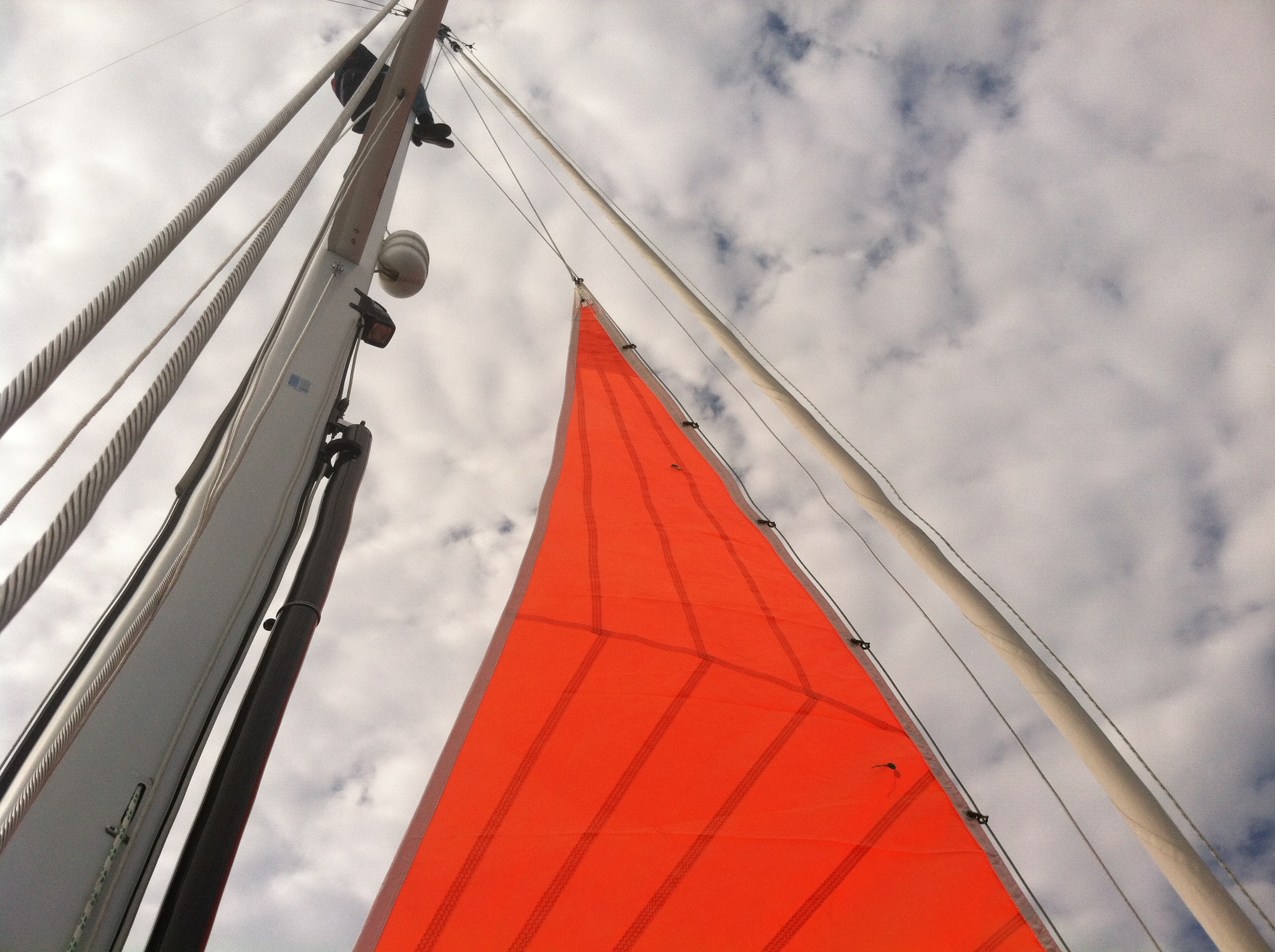What is needed?
So, you want to race in The Newport to Bermuda Race?
Your first question is, commonly, “what’s involved and where do I start??”
This race is one of the Premier ocean races in this tiny world and is very carefully planned and executed by the Cruising Club of America in partnership with the Royal Bermuda Yacht Club.
THE Bermuda Race is not complicated but it is complex. On the other hand, a lot of people have done it, many multiple times and there is an Ambassador program that the organizers established, who are available to help the novice.
You think to yourself, “gee, I’d like to do the Bermuda Race”. There are many reasons for this:
It is a bucket list race for many sailors.
It a great challenge, getting you and your boat and crew across the gulf stream to a sundrenched idyllic island in the middle, more or less, of the Atlantic Ocean. AND back-Lots of family adventures in this portion too.
It is a great adventure generating once in a lifetime memories for the participants.
It is pretty well subscribed with Family and Friends crews, so there WILL be some one for you to race against across all 700 odd miles of sailing.
Now the bigger question becomes, HOW? What is needed to compete in the Newport to Bermuda Race?
This essay is intended to address as many of the answers to that questions as I can.
Overall it is worthwhile remembering that Yacht Racing is a management exercise.
With the exception of the first item, thereafter in no particular order:
Crew:
Might seem an odd choice, but as with any enterprise, the people are the most important asset.
As you start to think on the program, and in your minds-eye, start thinking about potential shipmates, some of the things to toss into the mix, obvious and otherwise include:
Experience:
Many potential shipmates may indeed be very capable sailors, but with not much experience offshore. This may include sailing at night, and/or sailing in hard weather, defined by me for this discussion as in excess of 25-30 knots true wind speed, biggish seas and a lively boat motion.
Age:
Commonly there are a mix of ages on any boat going to Bermuda, with the possible exception of the full-on Cat. 3 Pro boats where the physical demands generally require crew on the younger side and in any event being professional sailors are likely to be pretty fit regardless of age. There might be a discussion with potential crew on skills versus experience combined with age. There are some very good young sailors, who do not pass the experience test, and some older sailors who are pretty fit, skilled and experienced. That is a good combination.
Fitness:
Make no mistake, the fitter you and your crew are the easier time all will have on the race. Simply moving around and hanging on aboard a boat that is bouncing around in 30 knots of sou’wester in the Gulf Stream is an exercise in strength, agility, flexibility, and endurance.
A fitness detail of high importance:
I have conducted safety seminars covering the getting into the life raft drill. The sessions take place in a warm, calm flat water, swimming pool. I have seen individuals who, uninjured cannot get into the raft unaided.
Skills:
There is the sailing part of the equation and this is frankly the easiest part. A worthwhile question discussion for prospective crew is what other things they know about? Engineers with mechanical skills, electrical, computer, medical, interest in weather and the ocean environment, navigational interest, administration-you would be flabbergasted at the degree of administrative paperwork this race generates, either in actual paper or in bytes. A three ring binder one inch thick will be full when all said and done.
Commitment:
If you start recruiting in the fall, (Or ideally a few years out) for the following years race, you might think about the following. Quite often people will sign on for such an adventure, but there are always some boats with last minute dropouts that create all manner of problems. Some of the common reasons include:
Health issues:
Of the crew member or a family member including aged parents, pregnancy, accidents, illness and so on.
Work issues:
These include, but of course are not limited to: Last minute orders, particularly big valuable ones, departure of skilled personnel, cranky customers, is the crew’s company likely to be bought or sold. It is worthwhile inquiring if there is a likelihood the crew might be transferred away from easy participation on the race and so on.
Personal:
What is going in the life of the prospective crew?
Reserves:
In this respect it is worthwhile having a bench that has a few more folks on it than “just” the number you plan on sailing with. These back-up crew of course need to be aware of this situation and may well be rotated thru the various training activities.
The Boat:
With a suitable number of potential crew (and yes this is chicken and egg issue) what is the boat to be? The options are:
The boat you have
OR
The boat you are buying or will buy.
The Charter of a suitable boat
The next boat question is:
- What is the longer-term plan for the boat you are planning on taking?
- IS it part of the exit plan, or “just” the next boat?
- Is the Bermuda race (there are at least four) a bucket list item, one and done?
- Or are you liking offshore racing and thinking you might like to keep doing this?
- This is a good reason to do a couple of races as crew before committing yourself to the Full Monty. In the North East, there is: The Marion to Bermuda, Yes, this sails to Bermuda but it is a less intense much more Family and Friends event. Marblehead to Halifax, about half the distance. Annapolis to Newport, about three quarters the length of the Bermuda Race, plus it is possible to stay out of the stream if you wish to use this race as a practice event.
- Do you have a history of this kind of sailing? I.E. Offshore ocean racing? Perhaps a knock on from your parents?
- Is the boat to double duty, as the “family yacht” and so with an interior and some level of creature comfort.
- Or be a race boat only, hose out n arrival and hand over the keys to the return trip delivery crew?
- Double duty of course is all the other things a boat can do such as cruising, locally or further afield, ocean/off soundings voyaging, Wednesday night racing and so on.
- If the boat you have now, is it suitable for racing to Bermuda?
- What might need to be done to make it so?
- At what cost? Including the cash to Upgrade and considerations on the likely impact of such mods on re-sale.
- What class are you thinking of competing in?
- Grand Prix, cruiser, cruiser-racer, double-handed?
- What is your budget tolerance for preparing the boat? A virgin boat can burn through 20k in short order. This is just the boat, not the logistics at either end.
- Are items 6 and 12 able to be combined so that the money spent on the Bermuda Race upgrades can be amortized across other uses? For instance, is buying a couple of expensive, high-test sails something that is only for the BDA race or is the boat use sufficiently broad that they will have utility, and so value, in other sailing areas?
The characteristics of the boat:
This is of course intimately connected to the foregoing list, but the following focuses on the design properties of the yacht.
Stability:
The minimum Limit of Positive Stability (LPS) for the Newport to Bermuda Race is, or has been, 115 degrees. This means the boat can get knocked down to 115 degrees and recover. It is worthwhile taking some time to research this particular detail on the boat you own or the boat you are looking at.
Some ways of doing this include contacting US sailing and see if they have measurement certificates for sisterships, if you are looking at a production boat. The Newport to Bermuda Race is run using the ORR Rule and they are likely to have a sistership certificate too.
There a few rough and ready rule of thumb formulas online that might give a broad-brush indication of what you are looking at. In the event the boat you fall in love with misses 115 degrees by just a bit, there are a couple of ways of improving the stability without rebuilding the boat. One is additional weight in the bottom of the boat. The other is to upgrade to composite rigging. The latter is more expensive than the former but cheaper than a new Carbon mast. For a small improvement in stability the composite rigging might be a high value solution. This kind of calculus is part of the longer-term plan with the boat.
Special Regulations for Offshore Sailing
Known in the vernacular as thewith the Offshore Regs, does the boat’s hull, interior, deck and related structures comply with the (increasingly stringent) minimums? The book, to be had from US Sailing, World Sailing or downloaded from the latter is a reference book that will be very well thumbed and annotated by the time you return from Bermuda. As the name implies, it covers everything from the size of opening ports and hatches to the number of crew who must have taken a particular level of Safety at Sea course within a specified time in advance of the race.
Getting back
Yes, the race is TO Bermuda, BUT you need to be just as well organized for the return trip with all of the crew and boat preparation being the same. The weather Gods care not if when in the stream in 45 knots of Nor Easter you are racing or “cruising home”.
This is by NO means a comprehensive list of individual tasks required to be done if you do make the leap to The Bermuda Race.
On the other hand it is a great event at both ends and in the middle (the race) and the feeling of accomplishment is right up there.
IF you need some more detailed council on the issues cover here, call me 401 965 6006 or email coop.joecoopersailing@gmail.com
This is preferred. The websites email system is cumbersome.
Thanks
Cheers
Coop

